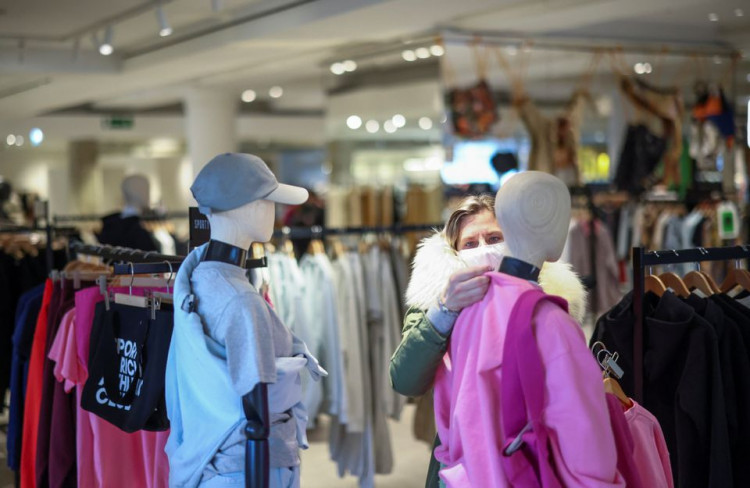In March, U.S. consumers displayed surprising resilience, pushing retail sales up by 0.7%, a rate that outstripped economists' expectations and exceeded inflation rates, according to the latest Commerce Department data. This rise in consumer spending came despite a 0.4% increase in the consumer price index reported by the Labor Department last week, underscoring a robust consumer sector that continues to bolster the economy.
The reported increase in retail sales, adjusted for seasonal variations but not for inflation, surpassed the Dow Jones consensus forecast of a 0.3% rise. Notably, excluding automobiles, retail sales saw an even more significant jump of 1.1%, well ahead of the anticipated 0.5% increase.
A noticeable driver of the retail sales boost was a 2.1% rise in sales at service stations, largely due to increasing gas prices. However, the most substantial growth was seen in online sales, which surged by 2.7%, and miscellaneous retailers, which experienced a 2.1% increase. Despite some sectors showing declines-such as sporting goods, hobbies, and clothing, which fell by 1.8% and 1.6% respectively-the overall retail landscape in March painted a picture of enduring consumer strength.
This buoyant consumer activity has played a pivotal role in sustaining economic momentum, especially given that consumer spending constitutes nearly 70% of U.S. economic output. The robust retail sales figures come at a critical time when market anxieties over monetary policy and inflation remain heightened. Federal Reserve officials have been wary of reducing interest rates amidst ongoing inflation pressures, causing investors to temper their expectations for any imminent policy easing.
Despite the backdrop of escalating Middle East tensions and a mixed performance across retail sectors, the overall market reaction to the March retail data was positive, with stock market futures climbing and Treasury yields rising. This optimism reflects a broader economic stability, bolstered by a resilient labor market which continues to support consumer spending across income brackets.
Data from Bank of America highlighted that lower-income consumer spending has outstripped that of higher-income groups, attributed partly to significant wage gains among lower-income workers since the pandemic began. These findings are corroborated by job growth numbers, with an average of 276,000 jobs added per month in the first quarter of the year.
Looking ahead, while consumer spending is likely to have decelerated from the fourth quarter's rapid pace, it remains robust enough to support ongoing economic growth. Current estimates suggest the economy could have expanded at an annualized rate of 2.4% in the first quarter, following a 3.4% growth rate in the last quarter of the previous year.






